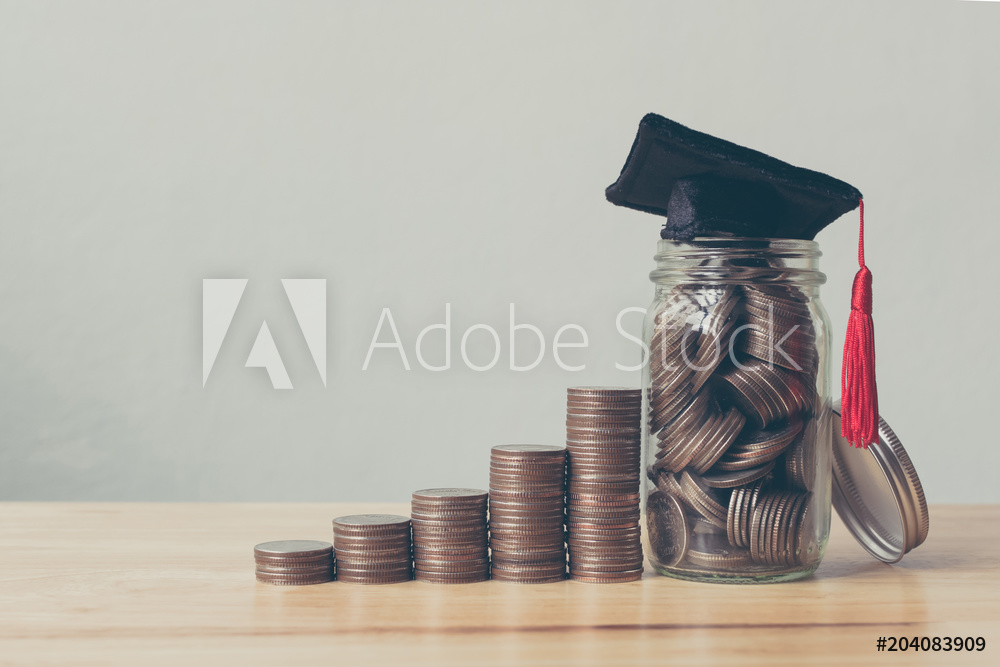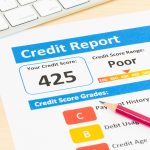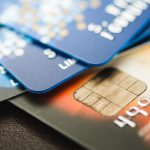Student Loan Default Rehabilitation: How to Rebuild Your Credit After Defaulting
Buy 2023, up to 40% of Americans paying back student loans may have defaulted.
That adds up to a whopping $560 billion in debt that never gets paid off.
So if you’ve defaulted on your student loans, you’re in good company. And if you want to rebuild your credit score, it’s not a walk in the park, but it is definitely possible.
In this article, we’ll take a look at student loan default rehabilitation, and how you can get your credit score back into the acceptable range.
Don’t let unpaid student debt become a lifelong burden.
Student Loan Default Rehabilitation 101: Get Your Loans in Order
This is the very first step in getting your credit score back into the range that will allow you to take out credit cards or purchase big-ticket items.
After you’ve defaulted on your loans, you’ll need to rehabilitate them, but that doesn’t necessarily mean you’ll pay back everything you owe. Work with your loan provider to rehabilitate your loans in a matter of 9 to 12 months, or whatever you agree on together.
Sometimes, they’ll even allow you to use a lower monthly fee than you would have been paying before. The trick to this one is that you have to get everything paid on time. Otherwise, you run the risk of more problems. But, if you can get all of your rehabilitated loans paid off on time, you’re golden!
Use Income Based Repayments
Student Loans can be financially crushing, but they don’t have to be. Instead, use income-based repayments. Doing this allows you to pay what you can afford.
With federal student loans, you can let them know how much you make each month, how many people live in your house and what other things you’re responsible for. For instance, if you have four children, your repayments will be less than if you only have one, taking the care for that child into account.
This way, you can keep your monthly repayments in a range you can actually afford.
One reason many people shy away from this method is that you’re often simply paying off the interest of the student loans and not being able to pay off the principle.
While in the long-run, it’s not the best idea, it does work in the short-term to help you avoid default. And it helps keep your credit score in the clear so that you can purchase a home or car or other larger items.
Get Your Other Debts Down
Pay off your student loans first. They are the utmost priority in this case.
But once you’ve gotten your loans out of default, you should work on your other debt. Having too much debt can adversely affect your credit score as well, and it’s not something you necessarily want to deal with.
Your debt should be at 30% of your overall credit available. For example, if you have a line of credit of $1,000, your outstanding credit should be no more than $300.
This helps keeps things more manageable, and keeps your credit score as high as possible.
Getting Credit Cards
Getting a credit card might sound like a red flag because it could possibly put you in more debt. However, it can actually help you rehabilitate your credit score if you use them responsibly.
Don’t get a credit card and go hog wild.
Instead, get a credit card and buy things you can afford, and pay them off immediately.
If you do have a bad credit score, you won’t be able to get any credit card out there. You’ll need to either get a high-interest credit card or a secured credit card. And you’ll need to do it the smart way.
If you decide on a high-interest credit card, you’ll need to be sure you pay off your purchases the moment you buy them. We’re talking purchasing it on Amazon and then sliding the money into onto your credit card account immediately afterward.
You can also do a secure credit card. This allows you to put down a deposit, or collateral, because your credit score is still subprime. Because many credit card companies won’t trust you to pay back your credit card fees due to your bad credit score, you’ll use the fee you paid as your credit.
This way, you won’t have to worry about paying the credit card back, and you’ll build your credit score.
Consolidate
Consolidating loans is a great way to pay them off. Instead of having several little fires burning you’re racing to put out, you can put all of your loans together for one “big fire.”
This way, you’ll only make one monthly payment instead of several, and you’ll be able to see exactly how much you owe, instead of having to search several accounts to do so.
You can consolidate loans by taking out another loan to pay off your student loans and pay them back via the loan, or you can work with the federal loans provider to consolidate.
Getting Back on Track
Student loan default rehabilitation may seem difficult, but don’t worry, it’s not impossible. With a bit of know-how and a whole lot of faith and gumption, you’ll be able to finally get to where you want to be credit-wise. Your student loans don’t have to hold you back forever.
If you’re still looking for tips on how to improve your credit score after your student loans, go here. We’ve got lots of ways to help you become financially savvy and take control of your future. Student debt doesn’t have to control you.




Leave a Reply
Want to join the discussion?Feel free to contribute!